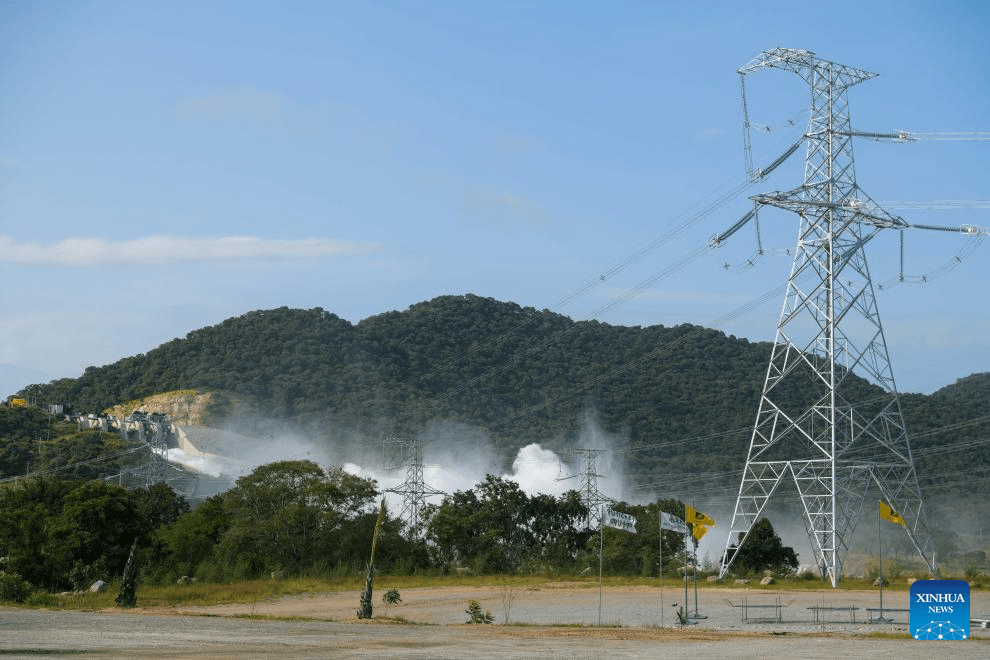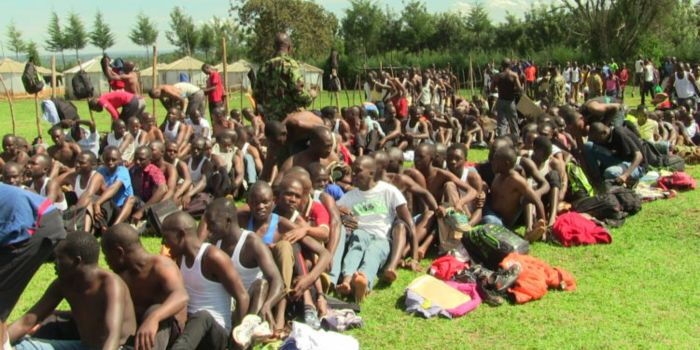Cancer remains the second leading Non-Communicable Disease (NCD) in Kenya after cardiovascular diseases with 42,000 new cases recorded every year as per World Health Organization (WHO) statistics.
In January, Health Cabinet Secretary Susan Nakhumicha said 27,000 cancer related deaths are also recorded every year with leading cancers being breast, cervical, prostrate, oesophageal and colorectal.
The most common cancers reported in the National Cancer Registry in the last one year were breast at 15.9 per cent, cervix 13.3 per cent and oesophagus cancer at 11.8 per cent.
Prostate and colorectal cancers were the fourth and fifth most commonly reported cancers accounting for 10.1 per cent, 7.1 per cent respectively on disease burden.
Stomach cancer followed with 5.8 per cent, mouth and oropharynx 5.4 per cent, bone cancer 2.8 per cent and liver stood at 2.6 per cent. Other types of cancers accounted for 25.1 per cent.
According Dr Suhail Shaffiq of Ruai Family Hospital, the facility is frequented by patients with suspected cancer symptoms.
Dr Suhail says despite the low cases of bone cancer, it happens when normal cells in the bone change into abnormal cells and grow out of control. This is primary bone cancer.
He adds that people can also get cancer in their bones after cancer from another part of the body spreads to the bones. This is not called bone cancer. If the cancer started in the lung or breast, it is called metastatic lung or breast cancer.
“There are different types of bone cancer, depending on the cells involved. The most common type is osteosarcoma. Other common types of bone cancer are chondrosarcoma and Ewing sarcoma,” Dr Suhail said.
Dr Suhail also narrows everything to do with prevention and cure down to good nutrition and regular exercise.
“A lifestyle with good nutrition and regular exercise is a baseline for general good health, and a good place to start,” he said.
He further advises that one should seek medical attention if experiencing symptoms such as; Persistent bone pain that gets worse over time, Swelling and redness (inflammation) over a bone, noticeable lump over a bone, Weak bones that break more easily than normal, fatigue and unintended weight loss
“Prevention also revolves around avoiding the modifiable risk factors such as smoking, alcohol and having an active lifestyle,” he adds
Dr Suhail also noted that while the cost of treating cancer has been burdensome to many families, at the Ruai Family Hospital, there have been efforts to have modern facilities that can help in the treatment process especially for cases detected early.
Currently, RFH is setting up a modern cancer centre that will be ready by the end of this year and will offer PET scan, a linear accelerator among other treatments.
“The main difference is that RFH intends to limit costs to what NHIF charges. This means that if you have NHIF, you should be able to access high level care at the cancer centre,” he added.
The National Cancer Taskforce reported in July 2022 that the average cost of cancer treatment in public hospitals is as follows: options (in public hospitals) is as indicated: chemotherapy costs Sh138,207, surgery Sh128,207, Radiotherapy Sh119,036, with the combination of all three costing Sh333,462. The cost could be higher in high-cost private hospitals.
NHIF benefits package for cancer at RFH will however, include first Line chemotherapy at Sh25,000 per session for six sessions, second Line Chemotherapy at Sh100,000 per session for six sessions, surgical cover under the national scheme with two major and two minor surgeries per person per year and finally radiotherapy for Sh3,600 per session plus Sh8,000 for planning. Their maximum charges for radiotherapy is Sh80,000.
The RFH has been holding health talks and medical camps where people get screened for such conditions and also share information about the same.
“This is a common practice across all our branches and is not only limited to cancer but a vast range of conditions,” Dr. Suhail said.
“Every patient that walks into our facilities undergoes an extensive history taking and physical examination that enables our team to accurately identify any need for such extensive evaluation.”
Dr Sahil called on member of the public to be more aware of their health and never disregard symptoms.
“For conditions like cancer, the earlier the diagnosis and treatment, the better the prognosis. One does not need to be sick to seek out these screening services, I advise everyone to take advantage of these packages and get checked. Let us work together towards a healthy future.”
He also noted that while causes bone cancer is unknown, there are a few risk factors associated with developing it, namely; previous exposure to radiation during radiotherapy, Paget's disease of the bone, however, a very small number of these patients actually develop bone cancer. The other risk factor is Li-Fraumeni syndrome, which is a rare genetic condition.
“There are also other risk factors that are associated with developing cancer in general, such as; Cigarette smoking, Sedentary lifestyle/obesity, alcohol use and family history of cancer.”
Dr Sahil said that although bone cancer can occur at any age, two of the most common types (osteosarcoma and Ewing sarcoma) occur primarily in children and young adults. Certain types of bone cancer, such as osteosarcoma, are more common among men than women.
Statistics show that though some people will die of bone cancer, many others will make a full recovery.
“The five-year relative survival rate for bone cancer is 66.8%. This means that 66.8% of people with bone cancer are still alive five years after their diagnosis.
“If the cancer is diagnosed at the localized stage, the 5-year relative survival rate is 86%. If the cancer has spread to surrounding tissues or organs and/or the regional lymph nodes, the 5-year relative survival rate is 85%.”
Other facts about it is that almost 75 out of 100 people survive the cancer for one year or more, while more than 50 out of 100 people survive their cancer for five years or more.











